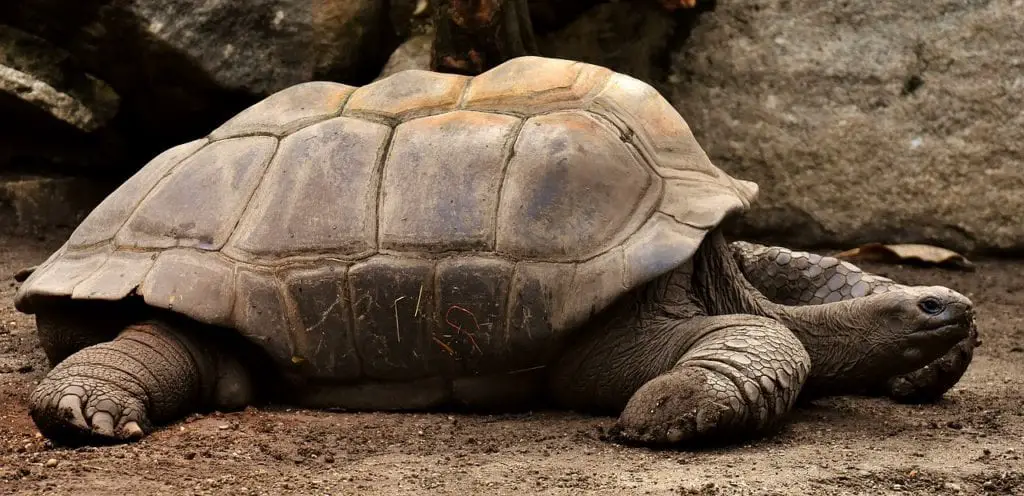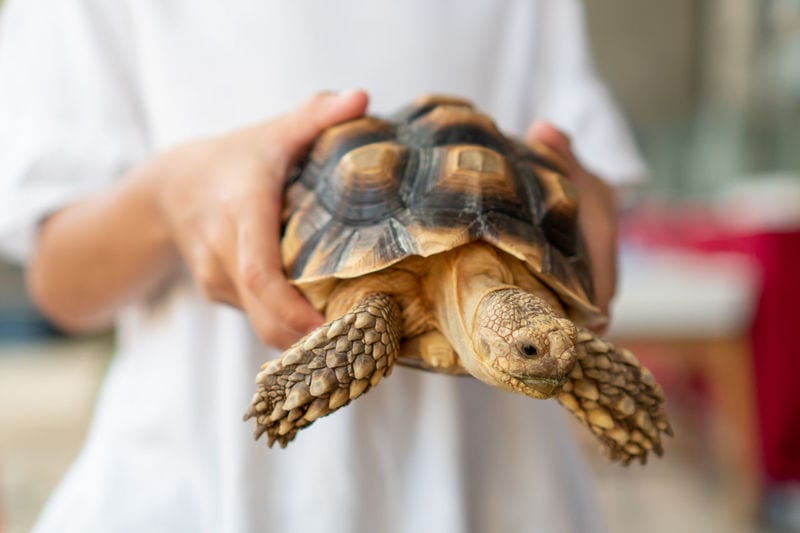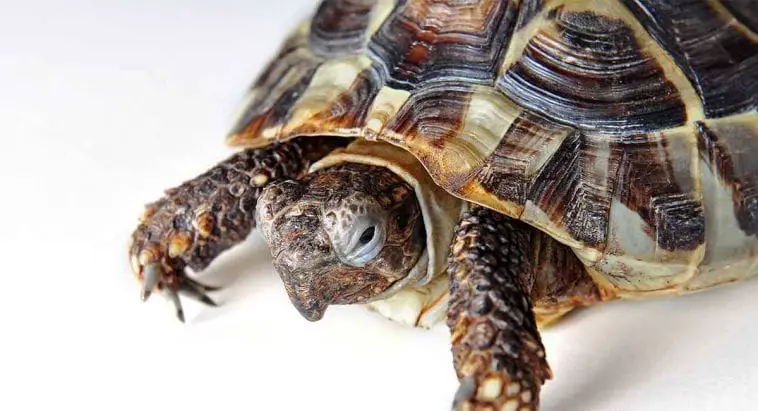Tortoises are popular animals to acquire as your reptile pets. These animals are interesting to care for, and they will not stop to give their owners many decades of pet-owning happiness and satisfaction, as long as these animals receive the best type of caring and maintenance that they deserve. In this article, you will learn about the most common tortoise health concerns that all keepers must be aware of.
What Tortoises Have To Do First
Once that you obtain your tortoises, you should ask around the experts and other hobbyists in your life for recommendations until you can find a capable reptile veterinarian. Make sure that the veterinarian is experienced and is aware of how to specialize in reptiles. You should also pay your prospected veterinarian so that you can get them to check your animal over and further ensure that there are no underlying problems.
Tortoise Respiratory Disease
Also known as the Runny Nose Syndrome, this term is used to describe an upper respiratory tract infection for turtles that can come from different types of sources. This problem can occur in any type of turtle, and this concern seems to be very prevalent in the Leopard tortoise. This type of health condition can occur in a turtle at any time of the year.
Spotting this problem in its early stages can be a little difficult, and despite treatment, problems like this can be problematic when it recurs. Any animal can be infected similarly. Unfortunately, infected tortoises can serve as carriers of the disease. The problem with this disease is that it does not display any symptoms, but it can infect any tortoise that it comes to contact with. Lastly, leopard tortoises are the worst affected victims because of their general inability to cope with the dampness and humidity in their environments. Another problem with diseases like this is that some tortoises relapse because their keepers stop their treatment even though the recommendations of their vet is not followed just because the tortoise seems to look a lot better.
Respiratory Diseases are very common in mixed collections and populated turtle collections. This health concern can spread very quickly, especially if the keeper fails to promptly act on it. For tortoise keepers, you must remember that you must never ignore a runny nose and don’t leave it to the chance of getting better when the weather improves.
If a tortoise fails to receive treatment from Runny Nose Syndrome, the disease can develop into a chronic problem or acute pneumonia, which can be intensely difficult to cure. Most of the time, stomatitis or mouth rot also serves as an accompaniment to this health concern, which will even complicate the health status of your pet.
Other Diseases To Watch Out For

1. Constipation
This illness is most likely due to poor diet management. You can soak your turtle in a bath for about 30 minutes. To avoid this, you can increase the fiber intake of your pet. Some also tend to add dandelion root in the food or providing your pet with laxatives should the veterinarians advise this.
2. Diarrhea
This problem can come from overfeeding fruit or providing too much hydration. You should also add alfalfa to the turtle’s diet so that you can increase protein and decrease hydration in the tortoise’s food. If it is foul-smelling, you should ask your veterinarian for advice as their might be infections.
3. Abscesses
This is a health condition that can be quite common for tortoises, especially in their ears. Should you notice some abnormal swelling, you should take your tortoise to your trusted vet right away. Abscesses can also come after the tortoise has been injured from bites or other penetration. These turtles do not respond well to antibiotic treatment, which means that the abscesses must be drained, all necrotic parts removed surgically, and leaving the wound to drain and heal itself.
4. Eye infections
Some problems like this happen due to a deficiency in Vitamin A. They usually respond quickly to treatments like eye drops or eye suspensions. If the eye appears to have swollen eyelids, it is usually brought up by a bacterial infection, so you must consult a veterinarian and have antibiotics prescribed for the tortoise.
5. Impacted Colons
This is a problem that does not normally happen, but when it does, it is usually brought up by having an incorrect diet or accidentally ingestion of foreign material. If untreated, this can even lead to septicaemia. This health problem can also affect the turtle’s lung capacity and it can inhibit the turtle’s respiration leading to the turtle’s quick death.
6. Septicaemia
Symptoms of this disease include lethargy, vomiting, and a distinct reddish flush under the carapace shields of the tortoise. These things also occur jaundice, drinking excessively, and hemorrhages of the tongue. Sometimes, this is caused by gut impaction and egg retention. This problem needs veterinary help right away.
7. Renal Dysfunction
Signs of this disease include lethargy, the loss of the ability to urinate, pale mucus membranes, water retention, and weight increase. Usually, this problem follows after bacterial infection, dehydration, and long term anorexia. For problems like this, it is important to contact your veterinarian right away. You should also ensure that your tortoise always has access to clean and freshwater.
8. Skin Infections
These problems can be observable, so keepers must make sure to treat this early. Consult your veterinarian to the exact disease. But, you can treat this by applying chlorhexidine and betadine at least two times a day.
9. Shell Rot
This problem can be caused by ticks and injuries. The treatment for this health concern includes removing thorough cleaning and the removal of any loose shields. Some use betadine, nolvasan, and flamazine solutions. For advanced situations, you can get an injectable antibiotic from your trusted veterinarian.
How To Protect Your Pet Tortoise

There are several factors that you must watch out for to protect your tortoise from health problems and developing a respiratory tract infection:
- Dusty conditions, which will result in the irritation of the tortoise’s mucous membranes
- Foreign bodies lodging in the nostrils
- Lack of sunlight
- Spending too much time or being confined in areas with damp grass and no access to the sand
- Overcrowding in its enclosure
- Stress
- Malnutrition
This problem can be prevented by going with a healthy and natural diet. With just this, your tortoise is very much equipped to face problems that can come its way. Tortoises can also get addicted to junk food, as much as humans do. As a tortoise keeper, you should stay away from supplying your turtle with readily accessible kitchen food that can only do your turtle so much harm. By not providing tortoise the best type of nutrition, the damage will pile on over the years when it remains undetected or ignored.
Without preparing proper nutrition for your tortoise, your tortoise must be left lying around all day, sleeping, eating, sunbathing, and just seeming like a normal healthy person. The problem is that in reality, without you knowing, the body of your turtle is already deteriorating bit by bit resulting in things going terribly wrong. With malnutrition for your turtle, it will be weaker in its diseases when decision strikes and increases the chances that your turtle will die compared to a turtle that eats organic and natural food.
An active tortoise will have strong muscles that are strong and firm, its metabolism will be functioning at its best, and it will be able to sufficiently take in and absorb vitamins and minerals. These things will make sure that their immune system can get the best protection against having illnesses and getting invaded by harmful organisms.
A tortoise that is suffering from malnutrition, on the other hand, has no protection against other diseases. This means that the creature will be very weak, with no equipped defenses to battle invaders. Because of this, malnourished tortoises can easily succumb to different types of infection.
You should be very careful, and you should not add new tortoises in your existing collection in the midst of the quarantine period. The minimum recommended quarantine period is 6 months. This is because the newbie might have respiratory infections, viral illnesses, bacterial illnesses, or myoplasmic illnesses.
You should also ensure that your turtle is not exposed to stress. Stress can come from being exposed to other animals, competition and aggression with other tortoises, children, and other humans mishandling the turtles. The bad thing about stress is that it can cause numerous biological and biochemical changes in your pet tortoise. This can lead to the production of steroids that will only bring harm to the immune system. Stress is a problem that is nearly undetectable until it is too late, but this will definitely bring harm to your pet tortoise.
Final Thoughts
Though there are many possible trials that your tortoise’s health might encounter, all of this can be prevented. Remember to give your pet tortoise the appropriate nutritional plan, enclosure, and environment, and your pet will be fine and live a long and happy life.



